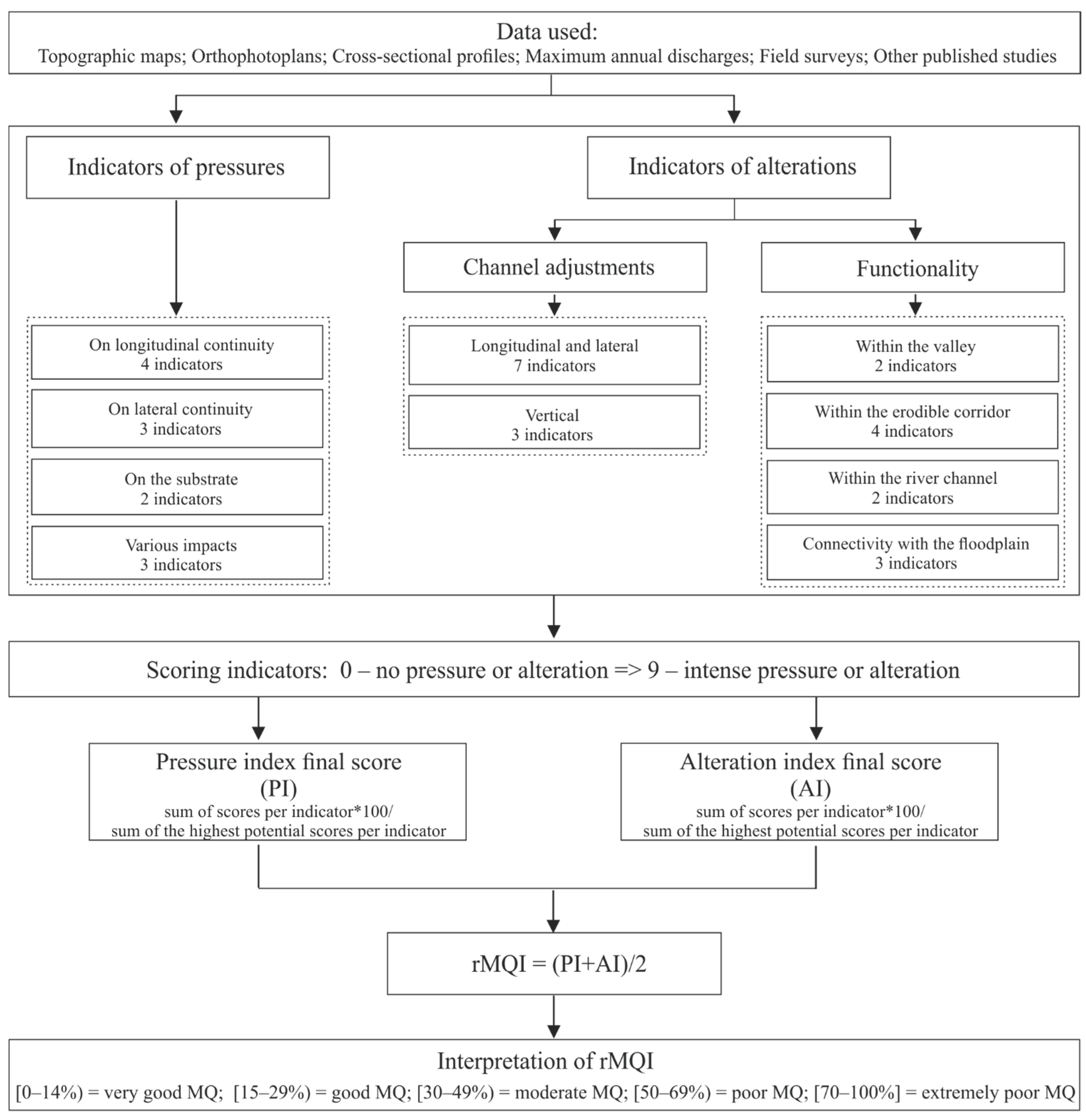Applied River Morphology
Buy Applied River Morphology on Amazon.com FREE SHIPPING on qualified orders. Applied river morphology pdf Applied river morphology pdf Applied river morphology pdf DOWNLOAD! DIRECT DOWNLOAD! Applied river morphology pdf Applied River. The terms river morphology and its synonym fluvial geomorphology are used to describe the shapes of river channels and how they. Applied River Morphology.
Course Code CSP3310 Course Title River Morphology and Applications Description Registration open to FWS personnel only. All others, including DOI agencies, must register through Wildland Hydrology (Phone: 970/568-0003). This course is designed to train individuals to delineate stream types using the stream classification method as published in 'Applied River Morphology', Rosgen, 1996.
Putty Hill Rapidshare here. A combination of lecture and field sessions will provide practical experience in the topics listed below. Prerequisite: FIS3210 Applied Fluvial Geomorphology Objectives: •Integrate fluvial geomorphology concepts with problem solving techniques.
•Determine and map land forms, land types and valley types. •Pre-map stream types on aerial photos and topographic maps. •Field validation of the bankfull stage at a USGS stream gaging station. •Use field methods to properly measure morphological variables. •Observe all of the major stream types, A-G, in the field. •Discuss ecosystem management applications using stream types such as.

•fish habitat structure evaluation. •riparian management/grazing methods. •watershed management/cumulative effects assessment and analysis. •hydraulic and sediment relations engineering design concepts.
Target Audience: Field staff involved in stream habitat assessment and restoration. This course is a pre-requisite to the FIS3410 River Assessment and Monitoring - Level III course. Delivery Method Instructor Led Non-FWS Fee $1,195.00 Instructional Hours 36 Credits/CEUs 3.0 Course Content Contact Gary Schetrompf: gary_schetrompf@fws.gov; (304) 876-7255; Curriculum Category Course Frequency Once per year Registration Link DOI LEARN Course Type ILT College Credit Name Semester Hours College Credit Value 2 Extracted from DOI LEARN on 10/3/2017 3:30:25 AM Schedule: CSP3310 - River Morphology and Applications.
Illustrator: Hilton Lee Silvey Foreword by “ This book is a generous and detailed explanation of the classification system and how it might be used to incorporate the observed processes of river mechanics into restoration designs that enhance the beauty and health of channels.” - Luna B. Leopold Second Edition 378 pages, 770 color images Applied River Morphology, written in 1996, is a guide for the classification, assessment, and monitoring of rivers and the applications for water resource management.
Foreword to Applied River Morphology by Luna B. Leopold In modern science there is always some tension between the theoretical and the practical application of basic knowledge. The pressures of development and the desire of the present society for profits at the expense of anything natural, wild, or free has degraded landscapes throughout the world by river engineering, river straightening, construction of levees, dams, and concrete channels. These actions have been the essence of our approach to problems of flood control, navigation, irrigation, hydroelectric development, municipal and industrial water needs, even though at the same time much has been learned about river mechanics, geomorphology, hydraulics, and sedimentation. Despite the new knowledge, the traditional engineering approach to river development has not only dominated valley land management, but has failed to incorporate the practical, physical, aesthetic, and financial advantages of approaching river management as maintenance of natural tendencies in river channel behavior.

Morrigan Restoration Patch V110. Finally there appeared a man on the scene; a man far-sighted enough to see how that new knowledge should be put to work in channel design, restoration, and maintenance. This new approach did not arise from pure cerebration, for David Rosgen had already had two decades of field measurement of rivers and associated advantages of the collected data. When the opportunity arose to design river restoration programs and carry out plans in the field, this background of field experience was an essential ingredient. But that was only part of the qualifications that he brought to the task, for he was perfectly at home at the helm of a bulldozer, the levers of a trackhoe, or as the driver of an earthmover. More than anything, Rosgen was imaginative, creative, and a keen field observer.